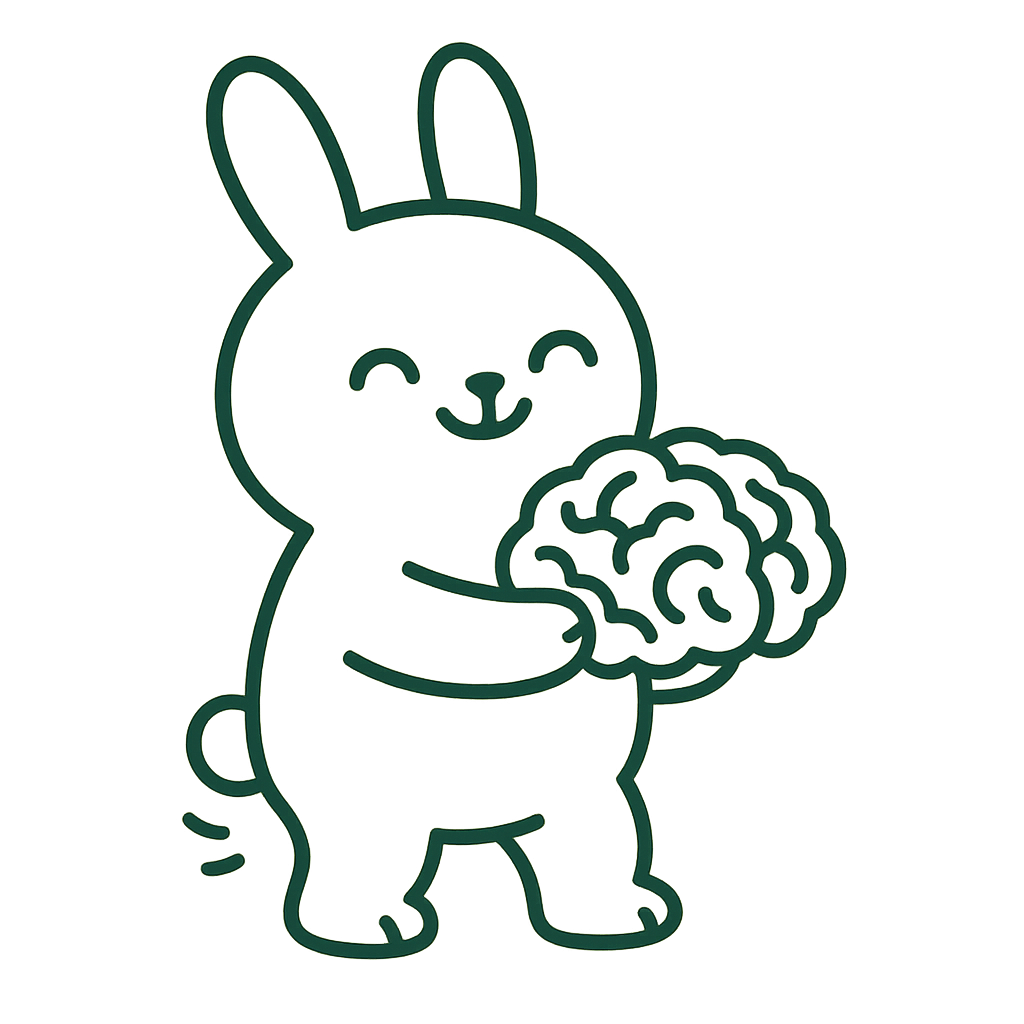
Abraham Maslow's hierarchy is usually framed as a climb from survival to self-actualization. What often gets missed is how progress depends on the quality of our thinking. Moving up the pyramid requires the capacity to pause, notice, and choose, not just to act.
In a culture of constant notifications and hustle, pausing is countercultural. Yet it is the switch that turns on clarity, creativity, and moral insight.
The Hidden Layer in Maslow's Pyramid
The classic model begins with physiological needs, then safety, belonging, and esteem. Above these sits self-actualization, with many scholars adding self-transcendence as a further step, based on Maslow's later writings and modern reviews of his model (Koltko-Rivera, 2006).
How Thinking Changes as We Climb
At the lower levels, thinking is reactive and short term. The brain allocates attention to whatever keeps you alive and stable.
In the middle, cognition becomes social and self-conscious. You begin to track reputation, identity, and your role in groups.
At the top, progress hinges on reflection. Creativity, problem solving, and meaning making all rely on a deliberate pause that lets you examine experience from a wider vantage point. It is the same spacious mindset that helps you spot patterns in journaling data, as described in the science behind journaling.
The Case for a Cognitive Tier
Many modern interpretations insert a cognitive layer above esteem, highlighting curiosity, learning, exploration, and the explicit need to stop and reflect. This addition is consistent with Maslow's later expansions and scholarly syntheses that position cognition and even self-transcendence beyond self-actualization (Koltko-Rivera, 2006).
Pausing, Peak Moments, and Being Mode
Maslow contrasted doing with being, noting that self-actualizing people make space to listen inwardly and align daily action with durable values. His work on peak experiences describes moments of heightened meaning that often follow intentional pauses from routine (Maslow, 1964).
Metacognition at the Apex
Metacognition is thinking about thought. The pause creates this meta view, so you can observe automatic reactions, question assumptions, and choose a better response. Classic work defines metacognition as knowledge and monitoring of one's cognitive processes (Flavell, 1979).
From that stance, creativity flourishes. Constraints turn into design prompts. Pain can be reframed into purpose through honest reflection, not unlike the inner team practices described in our modern playbook for the inner team.
What Research and Practice Point To
Evidence across disciplines shows why intentional pauses matter:
- Foundational needs and executive function: When safety and belonging are reliable, people have more bandwidth to plan, hold information, and self-monitor. Studies link poverty-related stress with diminished executive functioning in early childhood (Raver et al., 2012), and reviews show executive functions enable you to take time to think before acting (Diamond, 2013).
- Teams and schools: Psychological safety invites the collective pause that improves learning and decision quality. The seminal field study found that psychological safety predicts team learning behaviors and performance (Edmondson, 1999), echoing the collaborative mindset we cultivate in our guide to purpose and clarity.
- Creativity and incubation: Stepping away can help solutions surface. A meta-analysis reports a reliable incubation effect on problem solving, especially for divergent thinking tasks (Sio & Ormerod, 2009).
- Mindfulness and nature: Brief mindfulness programs show moderate benefits for stress and mood in randomized trials (Goyal et al., 2014), and exposure to natural environments can restore directed attention (Berman, Jonides, & Kaplan, 2008).
- Reflective tools: Expressive writing is associated with health and well-being benefits across multiple studies (Pennebaker, 1997). Guided Socratic questioning in cognitive therapy helps people examine beliefs and generate alternatives (Padesky, 1993).
Level by Level: How a Pause Helps
- Physiological and safety: Pausing looks like rest, hydration, and mindful breathing. The payoff is energy, focus, and readiness.
- Belonging and esteem: Pausing enables empathy and honest self-evaluation. The payoff is connection, resilience, and earned confidence.
- Self-actualization and self-transcendence: Pausing supports creative insight and service beyond the self. The payoff is meaning, fulfillment, and wise action.
Practical Ways to Build the Pause
- End-of-day reflection: Name one win, one lesson, and one small improvement for tomorrow.
- Mindfulness minutes: Notice thoughts without wrestling them, then return to your task with less friction.
- Socratic prompts: Ask what else could be true, what assumption you are making, and what evidence would change your mind.
- Nature breaks: A short step outside widens perspective and replenishes attention.
The Takeaway
At the top of Maslow's hierarchy, the pause is not optional. It is the door to authenticity, creativity, and moral clarity. When you protect time to reflect, you do not slow your growth. You power it.
References
- Koltko-Rivera, M. E. (2006). Rediscovering the later version of Maslow's hierarchy of needs. Review of General Psychology, 10(4), 302–317. https://doi.org/10.1037/1089-2680.10.4.302
- Maslow, A. H. (1964). Religions, Values, and Peak-Experiences. https://www.atpweb.org/jtparchive/trps-02-70-02-083.pdf
- Flavell, J. H. (1979). Metacognition and cognitive monitoring. American Psychologist, 34(10), 906–911. https://doi.org/10.1037/0003-066X.34.10.906
- Raver, C. C., Blair, C., & Willoughby, M. (2012). Poverty as a predictor of 4-year-olds' executive function. Child Development. https://pmc.ncbi.nlm.nih.gov/articles/PMC5460626/
- Diamond, A. (2013). Executive functions. Annual Review of Psychology, 64, 135–168. https://www.annualreviews.org/content/journals/10.1146/annurev-psych-113011-143750
- Edmondson, A. C. (1999). Psychological safety and learning behavior in work teams. Administrative Science Quarterly, 44(2), 350–383. https://web.mit.edu/curhan/www/docs/Articles/15341_Readings/Group_Performance/Edmondson%20Psychological%20safety.pdf
- Sio, U. N., & Ormerod, T. C. (2009). Does incubation enhance problem solving. Psychological Bulletin, 135(1), 94–120. https://pubmed.ncbi.nlm.nih.gov/19210055/
- Goyal, M., et al. (2014). Meditation programs for psychological stress and well-being. JAMA Internal Medicine, 174(3), 357–368. https://pmc.ncbi.nlm.nih.gov/articles/PMC4142584/
- Berman, M. G., Jonides, J., & Kaplan, S. (2008). The cognitive benefits of interacting with nature. Psychological Science, 19(12), 1207–1212. https://pubmed.ncbi.nlm.nih.gov/19121124/
- Pennebaker, J. W. (1997). Writing about emotional experiences as a therapeutic process. Psychological Science, 8(3), 162–166. https://www.gruberpeplab.com/teaching/psych3131_summer2015/documents/14.2_Pennebaker1997_Writingemotionalexperiences.pdf
- Padesky, C. (1993). Socratic questioning. Invited address. https://padesky.com/wp-content/uploads/2012/11/socquest.pdf
Ready to Start Your Journaling Journey?
Join others who are already transforming their lives with AI-powered journaling insights.